Top 10 LMS Software Platforms in 2024
BrainCert
FEBRUARY 16, 2024
What is Learning Management System Software? A Learning Management System (LMS) is your digital hub for creating, delivering, and tracking training and learning programs. Think of it as an online classroom platform offering features like: Content creation tools: Build courses, quizzes, and interactive assessments easily.


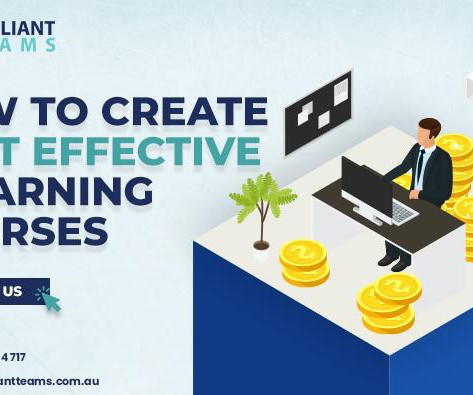
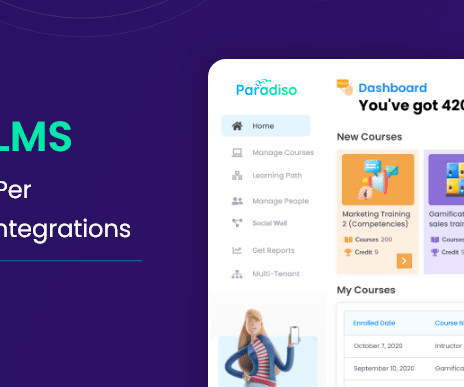
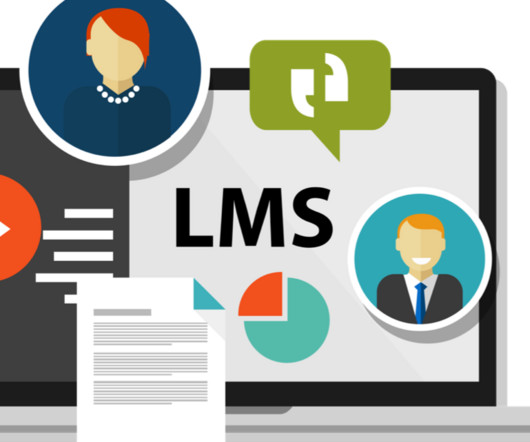
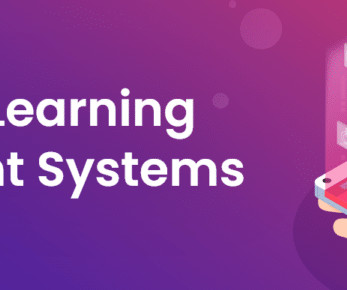





















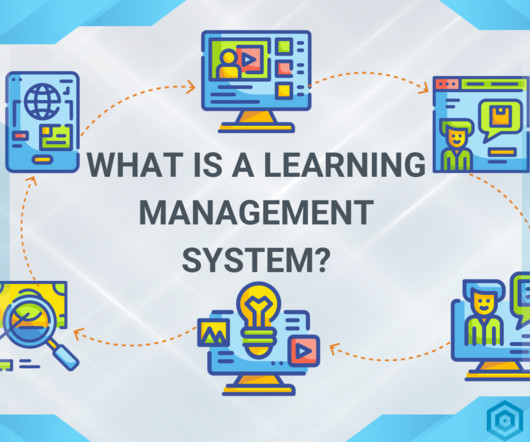











Let's personalize your content